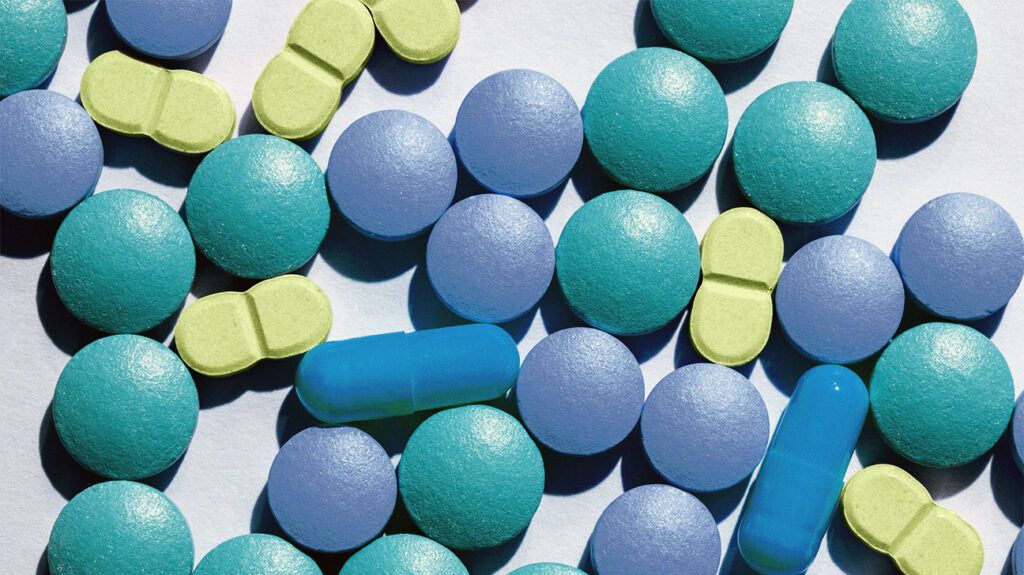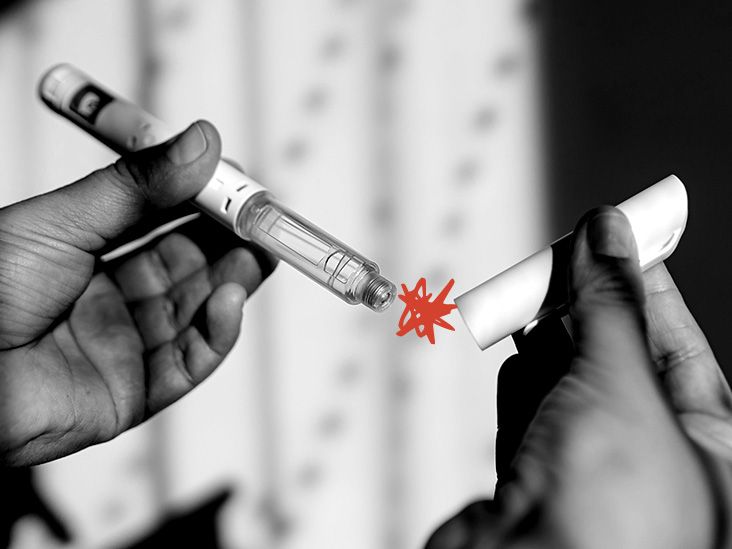As a sinus infection gets better, people will start noticing an improvement in symptoms. This may include a decrease in congestion, facial pressure, and postnasal drip.
Most sinus infections develop due to a virus. However, bacterial infections can also cause some sinus infections.
Bacterial sinusitis can also develop when the nasal cavity and sinuses initially become inflamed due to a viral infection. When the fluid builds up in the sinuses, bacteria can grow, causing a bacterial sinus infection.
Antibiotics may be necessary to treat a bacterial sinus infection.
This article looks at the how to tell if a sinus infection is going away, how long it may take to go away, treatments, and when to contact a doctor.

People will know a sinus infection is getting better if they notice an improvement in their symptoms. This is the same whether or not they require antibiotics.
People may notice that the following symptoms begin to ease:
- runny nose
- congestion
- postnasal drip, which is mucus dripping down the back of the throat
- greenish or yellow nasal discharge
- feeling of pressure or tenderness in the face, especially around the bridge of the nose and under the eyes
- headaches at the front of the head
- teeth pain
- bad breath
- cough
- fever
- fatigue
According to the
If a person requires antibiotics, they may need to take them for 3 to 28 days, depending on the type of antibiotic.
People may not notice an improvement in symptoms straight away, as the antibiotics will take time to fight off the bacterial infection. Once the antibiotics start taking effect, people should start to notice an improvement in symptoms.
If symptoms do not improve
If antibiotics are working to resolve symptoms, treatment can last around 5 to 7 days in adults and 10 to 14 days in children.
What happens at the end of a sinus infection?
Toward the end of a sinus infection, symptoms will improve and start going away. People may notice symptoms easing, such as less congestion, less postnatal drip, or easing pressure in the face.
According to the Allergy and Asthma Network, a sinus infection can last weeks, months, and in some cases, years.
A sinus infection can be acute, subacute, or chronic:
- Acute: Acute sinusitis lasts for 4 weeks or less and may resolve without medical treatment. Some people may require treatment and must contact a doctor if symptoms last longer than 7 to 10 days.
- Subacute: Subacute sinusitis lasts 4 to 8 weeks, and symptoms continue even with medical care.
- Chronic: Chronic sinusitis lasts for 8 weeks or longer. Symptoms will persist, and a doctor may need to check for underlying medical conditions.
According to the
- severe facial pain or headache
- symptoms that improve and then worsen
- symptoms lasting longer than 10 days with no improvement
- fever lasting for more than 3 to 4 days
- recurrent sinus infections over a year
In rare cases, a sinus infection can spread to other areas and become dangerous. People will need to seek immediate medical attention if they have any severe or concerning symptoms, including:
- neck stiffness
- severe headache
- change in vision
- fever that does not go away
Optum Perks is owned by RVO Health. By clicking on this link, we may receive a commission. Learn more.
A sinus infection can resolve without medical intervention, and people
Other medications for a sinus infection may help people manage symptoms. These medications include:
- Nasal decongestants: Topical nasal decongestants help reduce swelling in the nasal passages, which helps increase the flow of the blocked sinuses and allow drainage. It is important not to overuse nasal decongestants and only use them for 3 to 4 days, as prolonged use can worsen symptoms.
- Antihistamines: Antihistamines help reduce inflammation and fight symptoms of an allergic reaction, which may cause blocked sinuses.
- Combination drugs: Over-the-counter drugs may combine nasal decongestants and antihistamines. It is important to use these carefully, as some medications may thicken mucus and worsen the problem.
- Nasal corticosteroids: Nasal corticosteroids are topical prescription drugs. They are in the form of nasal sprays and help treat swelling and inflammation in the nasal passages and sinuses.
Home treatments may help relieve pressure and pain in the face. These can include:
- placing a warm compress across the nose and forehead
- breathing in steam from a hot shower or bowl of hot water
- using nasal saline washes to rinse out thick nasal discharge
Antibiotic treatment
In some cases, people may require antibiotics if symptoms show no improvement in 10 days.
A doctor will only prescribe antibiotics if necessary. Before prescribing antibiotics, they may suggest waiting 2 to 3 days in case the immune system is able to fight off the infection. They may also recommend waiting a few days before filling the prescription.
If people require antibiotics, treatment
If symptoms do not improve after 7 days, a doctor may prescribe an antibiotic that targets a broader spectrum of bacteria, such as:
- amoxicillin-clavulanate, for 10 to 14 days
- cefuroxime axetil
- cephalosporins
- clindamycin, by itself or with ciprofloxacin
- sulfamethoxazole
- fluoroquinolones
- azithromycin
After 5 to 7 days with no improvement, a doctor may prescribe an additional antibiotic, such as metronidazole or clindamycin.
People should always take antioiotics according to a doctor’s instructions to help prevent antibiotic resistance.
People may be able to tell they are recovering from a sinus infection if symptoms like congestion, facial pressure, and postnasal drip start easing and going away.
Home treatments, over-the-counter medications, and prescription medications can help treat a sinus infection. In some cases, people may require antibiotics.


